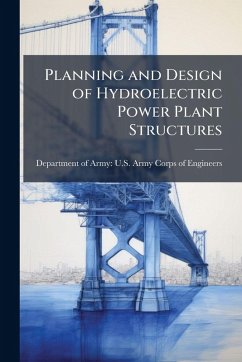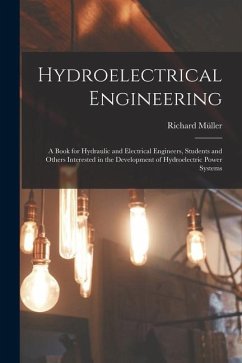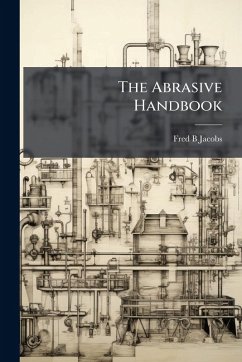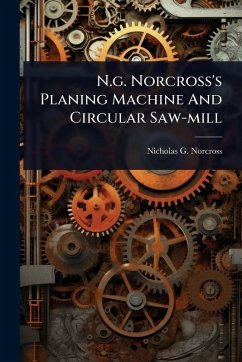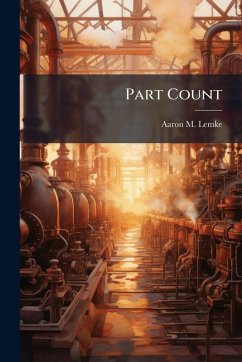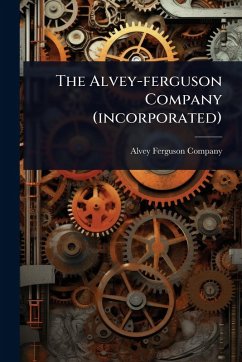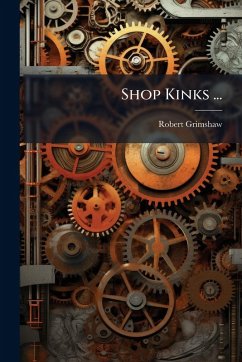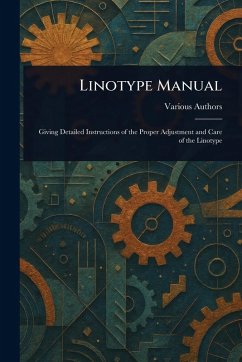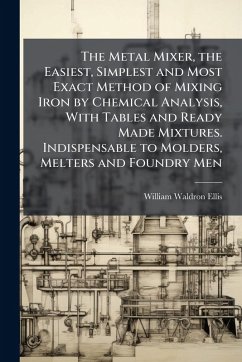
Hydroelectric Power Operations and Maintenance Guidance and Procedures
Versandkostenfrei!
Versandfertig in über 4 Wochen
15,99 €
inkl. MwSt.

PAYBACK Punkte
8 °P sammeln!
The United States Army Corps of Engineers (USACE, also sometimes shortened to CoE) is a U.S. federal agency under the Department of Defense and a major Army command made up of some 38,000 civilian and military personnel, making it the world's largest public engineering, design, and construction management agency. Although generally associated with dams, canals and flood protection in the United States, USACE is involved in a wide range of public works throughout the world. The Corps of Engineers provides outdoor recreation opportunities to the public, and provides 24% of U.S. Hydropower capaci...
The United States Army Corps of Engineers (USACE, also sometimes shortened to CoE) is a U.S. federal agency under the Department of Defense and a major Army command made up of some 38,000 civilian and military personnel, making it the world's largest public engineering, design, and construction management agency. Although generally associated with dams, canals and flood protection in the United States, USACE is involved in a wide range of public works throughout the world. The Corps of Engineers provides outdoor recreation opportunities to the public, and provides 24% of U.S. Hydropower capacity. The Corps' mission is to provide vital public engineering services in peace and war to strengthen the nation's security, energize the economy, and reduce risks from disasters. This document was published by the members of the United States Army Corps of Engineers (USACE). This work has been selected by scholars as being culturally important, and is part of the knowledge base of civilization as we know it. This work was reproduced from the original artifact, and remains as true to the original work as possible. Therefore, you will see the original copyright references, library stamps (as most of these works have been housed in our most important libraries around the world), and other notations in the work. This work is in the public domain in the United States of America, and possibly other nations. Within the United States, you may freely copy and distribute this work, as no entity (individual or corporate) has a copyright on the body of the work. As a reproduction of a historical artifact, this work may contain missing or blurred pages, poor pictures, errant marks, etc. Scholars believe, and we concur, that this work is important enough to be preserved, reproduced, and made generally available to the public. We appreciate your support of the preservation process, and thank you for being an important part of keeping this knowledge alive and relevant.



